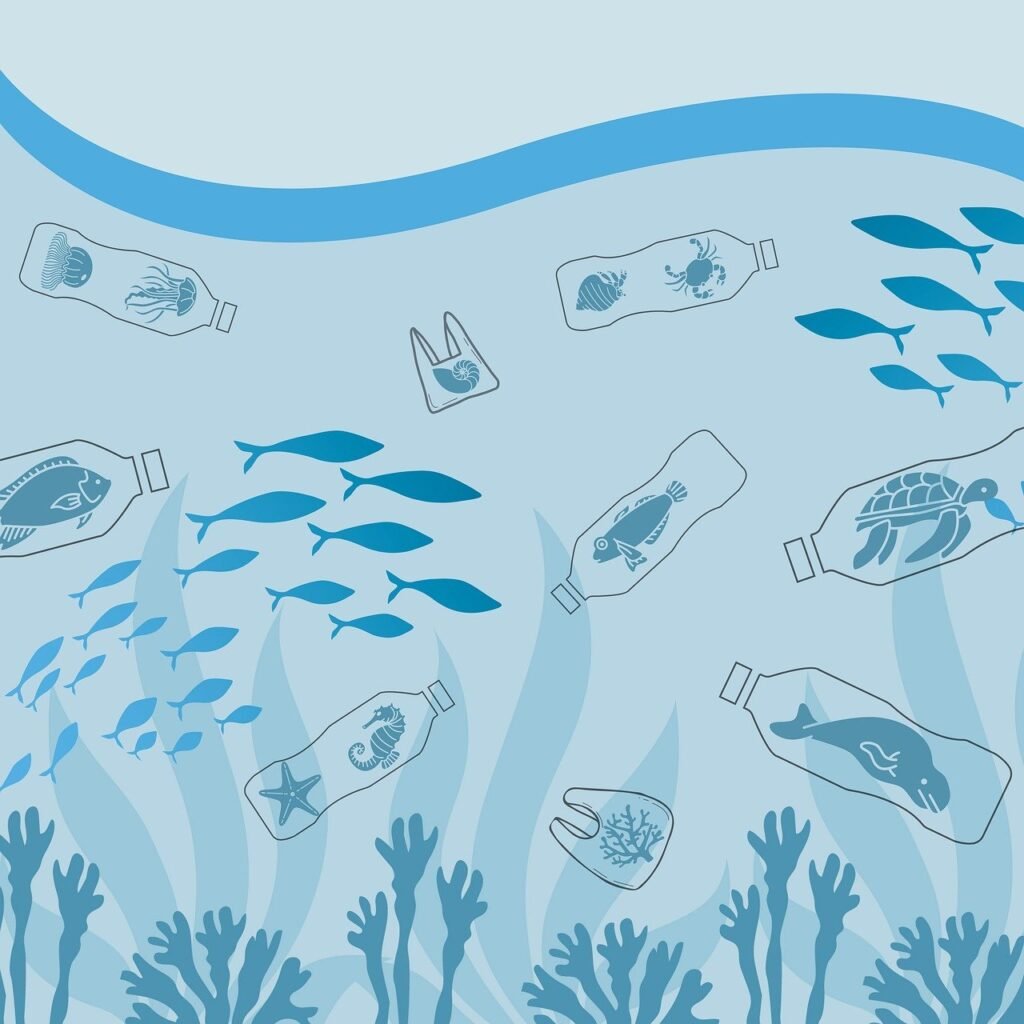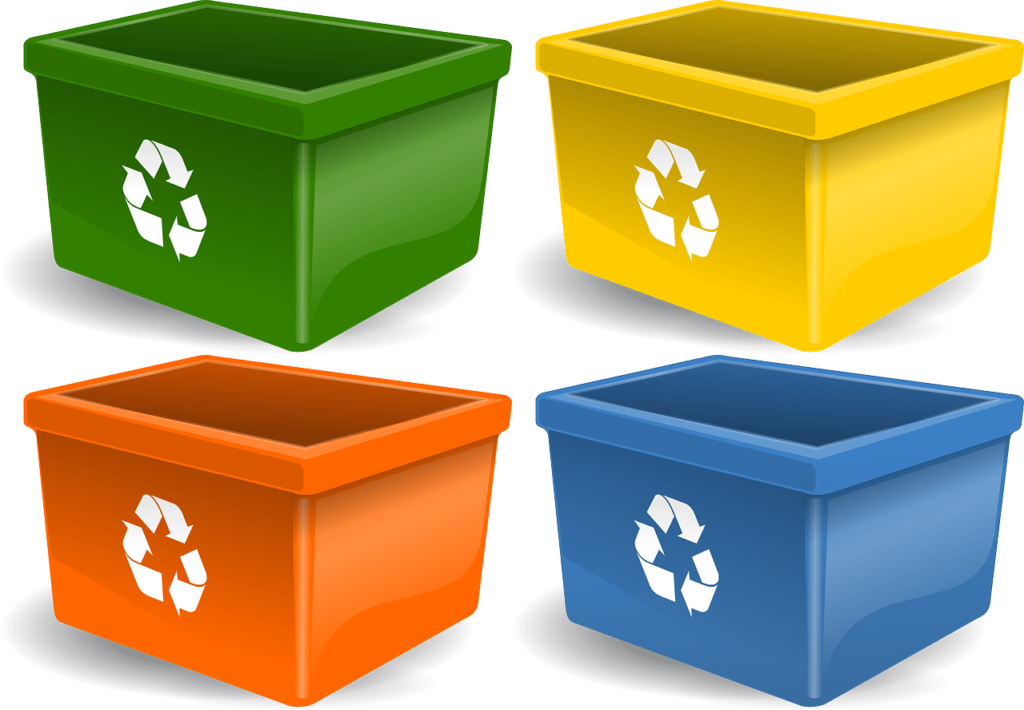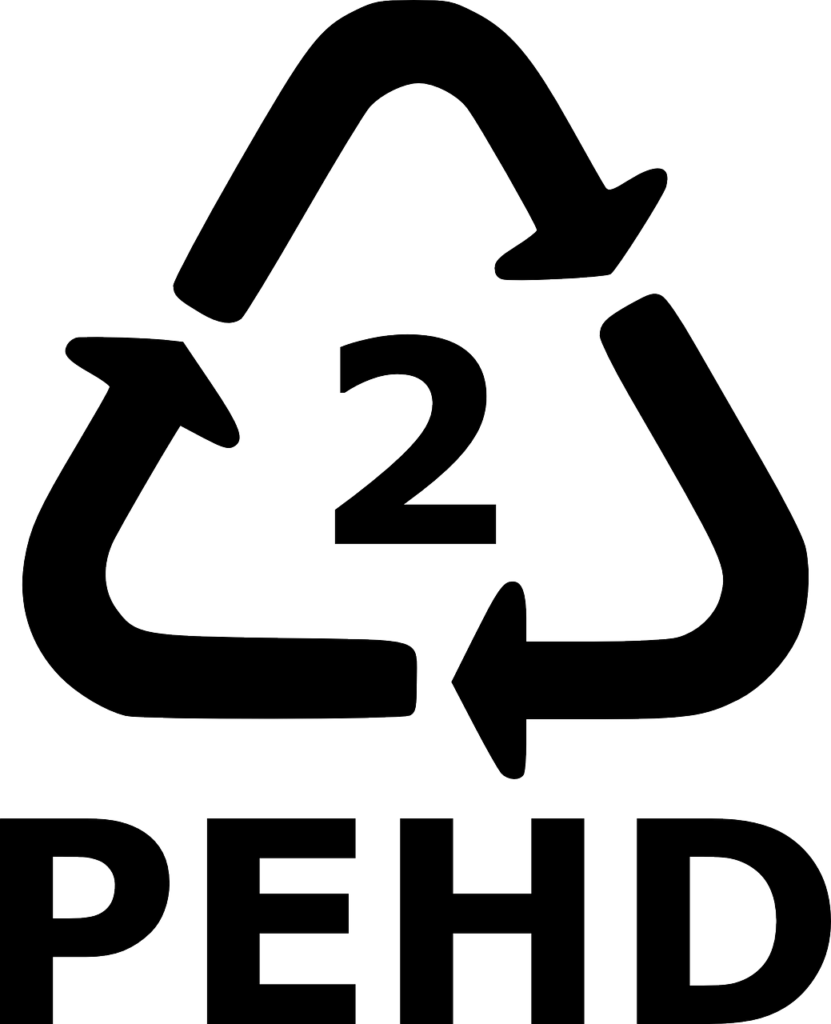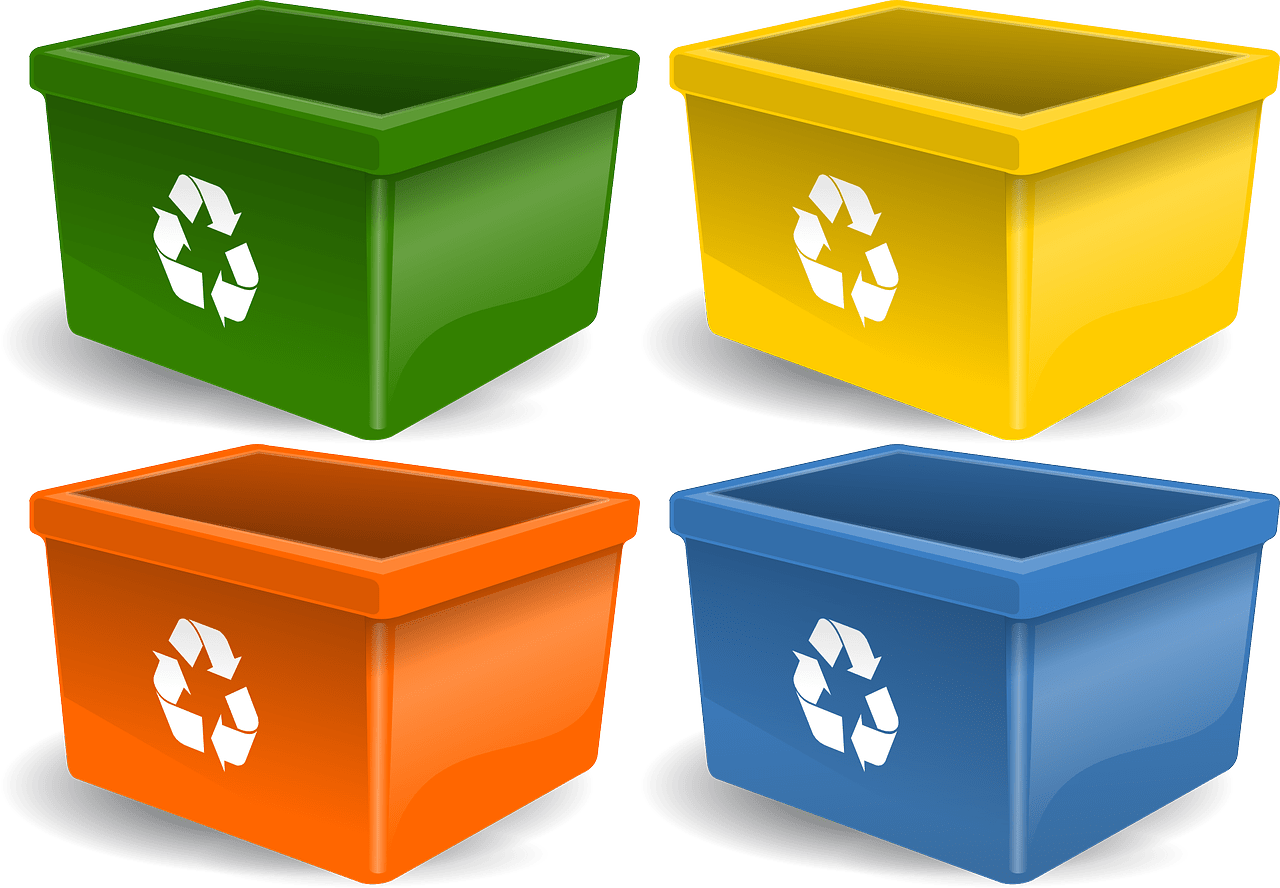Did you know that recycled plastic boxes play a vital role in reducing our carbon footprint? These innovative containers not only offer a sustainable alternative to traditional packaging, but also help in minimizing the release of greenhouse gases into the atmosphere. By choosing to use recycled plastic boxes, you are actively contributing to a cleaner and greener future for our planet. Discover how this simple change can make a significant impact on our environment and why embracing this eco-friendly solution is a win-win for everyone involved.

This image is property of pixabay.com.
Introduction
Hey there! Have you ever wondered how you can make a positive impact on the environment and reduce your carbon footprint? Well, one solution that is gaining momentum is the use of recycled plastic boxes. These innovative containers not only provide a sustainable packaging alternative but also help in minimizing carbon emissions. In this article, we will explore the concept of reducing carbon footprint and delve into the incredible benefits of using recycled plastic boxes as a solution.
Importance of Reducing Carbon Footprint
Before we dive into the world of recycled plastic boxes, it’s essential to understand why reducing our carbon footprint is crucial. Carbon emissions, primarily caused by the burning of fossil fuels, have a detrimental effect on our planet. They contribute to climate change, air pollution, and a host of other environmental issues. To combat these problems, it is critical to adopt sustainable practices that reduce greenhouse gas emissions and promote a cleaner, healthier planet.

This image is property of pixabay.com.
Understanding Recycled Plastic Boxes
Now that we understand the significance of reducing carbon footprint, let’s explore how recycled plastic boxes can help us achieve this goal. The process of recycling plastic involves collecting used plastic products, cleaning and refining them, and transforming them into new objects. This circular approach to plastic use not only diverts plastic waste from landfills but also minimizes the need for producing virgin plastic, which has a high carbon footprint.
Various types of plastic can be recycled, including polyethylene terephthalate (PET), high-density polyethylene (HDPE), and polypropylene (PP). These plastics are commonly used in packaging and can be easily transformed into durable, high-quality recycled plastic boxes.
Key Features of Recycled Plastic Boxes
Recycled plastic boxes come with several key features that make them an excellent sustainable packaging solution. Firstly, they are incredibly durable and long-lasting, ensuring that your products remain protected throughout their lifespan. Additionally, these boxes are lightweight and versatile, making them easy to transport and handle.
Water-resistant and weather-proof, recycled plastic boxes are ideal for storing goods in various environments. Whether it’s rain, snow, or extreme temperatures, these containers will keep your items safe and secure. Moreover, these boxes are customizable and stackable, allowing for efficient storage and transportation.

This image is property of pixabay.com.
Reducing CO2 Emissions
One of the significant advantages of utilizing recycled plastic boxes is the reduction in CO2 emissions. By opting for these eco-friendly alternatives, you’re directly contributing to lowering energy consumption during the manufacturing process. The recycling of plastic requires less energy compared to producing virgin plastic from fossil fuels. As a result, the carbon emissions associated with manufacturing are significantly reduced, helping to mitigate climate change.
Moreover, by using recycled plastic boxes, we can diminish the demand for traditional plastic production. This, in turn, leads to a lesser amount of greenhouse gases being released into the atmosphere. Additionally, by sourcing recycled plastic locally and utilizing nearby recycling facilities, we can also minimize transportation emissions, further decreasing our carbon footprint.
Recycling Plastic Waste
Another crucial aspect of reducing carbon footprint is the proper disposal and recycling of plastic waste. By choosing recycled plastic boxes, we actively contribute to diverting plastic waste from landfills or incineration, where harmful greenhouse gases are released. Instead, we become part of the circular economy by giving discarded plastic products a second life and reducing the strain on our environment.
Recycling plastic also helps in reducing pollution and environmental degradation. When plastic waste is irresponsibly disposed of, it can end up in our oceans, rivers, and forests, causing harm to marine life and ecosystems. By recycling and reusing plastic, we prevent further pollution and contribute to the preservation of our precious environment.
Sustainable Packaging Solution
Recycled plastic boxes serve as a sustainable packaging solution, replacing single-use plastic packaging that contributes to excessive waste. These boxes can be used in various industries, including retail, logistics, and food, to package and transport goods securely and sustainably. By embracing recycled plastic boxes, we can significantly reduce plastic waste and promote a circular economy.
Moreover, the adoption of recycled plastic boxes encourages eco-conscious consumer behavior. When customers see businesses prioritizing sustainable packaging solutions, they are more likely to support these brands. This, in turn, creates a positive feedback loop, inspiring others to make environmentally friendly choices and further reducing carbon footprint.
Promoting Resource Conservation
Using recycled plastic boxes also plays a vital role in promoting resource conservation. By opting for recycled materials, such as plastic, we conserve natural resources like water, petroleum, and minerals that would otherwise be depleted in the production of virgin plastics. By reducing our reliance on petroleum-based plastics, we can contribute to mitigating the exploitation of fossil fuels and preserving ecosystems and biodiversity.
Case Studies and Success Stories
Several companies and organizations have already embraced the use of recycled plastic boxes, reaping the benefits both environmentally and economically. For example, a prominent e-commerce company successfully transitioned to using recycled plastic boxes for shipping their products. This simple switch not only reduced their carbon footprint but also saved them on packaging costs.
Testimonials and feedback from users of recycled plastic boxes also highlight their positive impact. Businesses have reported higher customer satisfaction, improved brand image, and increased customer loyalty by prioritizing sustainable packaging practices. These success stories demonstrate that sustainable solutions like recycled plastic boxes are not only environmentally beneficial but also financially advantageous.
Conclusion
In conclusion, reducing carbon footprint is essential for creating a sustainable future. By embracing recycled plastic boxes as a packaging solution, we can actively contribute to minimizing carbon emissions and protecting our planet. These durable, versatile, and eco-friendly containers provide a sustainable alternative to traditional plastic packaging, reducing the demand for virgin plastic and the associated CO2 emissions. So, let’s make a positive change together and encourage wider adoption of sustainable packaging practices by incorporating recycled plastic boxes into our daily lives. Together, we can create a greener and more sustainable world!
